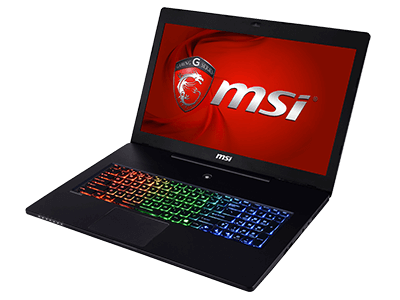

Transfer the USB drive to a different USB port.If the recovery stick is not detected or not working, perform the following: Do not use a USB hub as this may cause the recovery process to fail. Shut down the Razer Blade then unplug all devices except for the power adapter.Ĭonnect the recovery stick directly to the Razer Blade. Follow the on-screen instructions and plug in the USB drive to proceed.Ensure that “Backup system files to the recovery drive” is selected then click “Next”.Go to “Settings”, search for “Create a recovery drive”.To create a recovery drive using the Recovery Drive app: Locate the downloaded system recovery image zip file and extract it to the prepared USB drive.Select “NTFS” as the file system then click “Start”.Right-click on the USB drive and select “Format”.If the USB drive is still not detected, use another USB storage device.įormat the USB drive to NTFS (New Technology File System).If the USB drive is not detected, insert it to a different USB port.Use a USB 3.0 drive to shorten the duration of the recovery process. Insert a USB drive with at least 32 GB capacity directly into your computer. However, if system recovery files from Razer Support are not available, skip to step 4. If the file download is interrupted, click on “Resume” to continue downloading. See How to download the recovery image for instructions. Ensure that “Sleep” is set to “Never” under “Power & sleep”.ĭownload the system recovery files to create a system recovery stick from the link provided by Razer Support.Check the Power Settings to ensure that the Razer Blade will not go to sleep during the process.This may take a few hours to complete and may require several system updates and restarts. Ensure that the Razer Blade is connected to a power supply.If your Razer Blade was upgraded to a different OS other than the one it shipped with (such as Windows 8 to Windows 10), the recovery partition will revert it to the original OS.Once system recovery is successful, Windows, Synapse updates, and other software installations are required.To backup and restore custom color profile, see How to backup and restore custom color profile on the Razer Blade. Back up your blade.icm file in “C:\Windows\System32\spool\drivers\color” and all other data to an external drive. This process removes all data, files, settings, games, and applications.Take note of the following before performing system recovery:

You can view the video below for instructions or review a copy of the video transcript. Note: Your download and use of this system recovery image is governed by the Razer Services & Software – General Terms of Use. A system recovery stick is used to restore the Razer Blade to its original state.


 0 kommentar(er)
0 kommentar(er)
